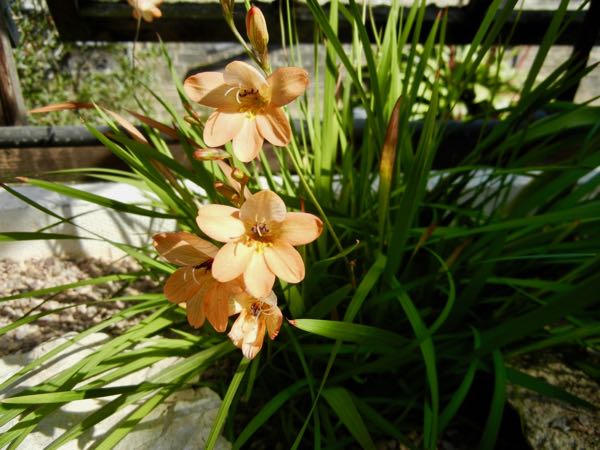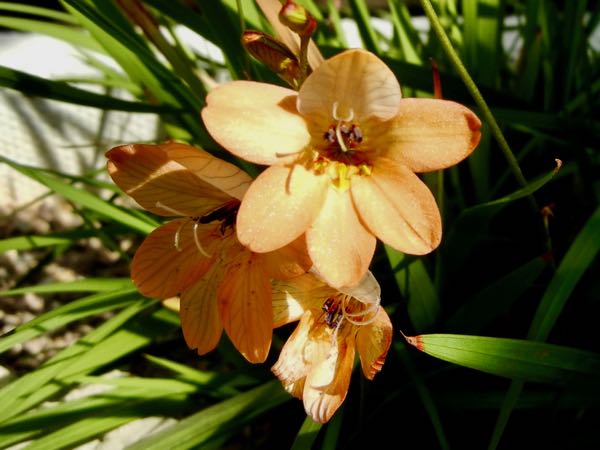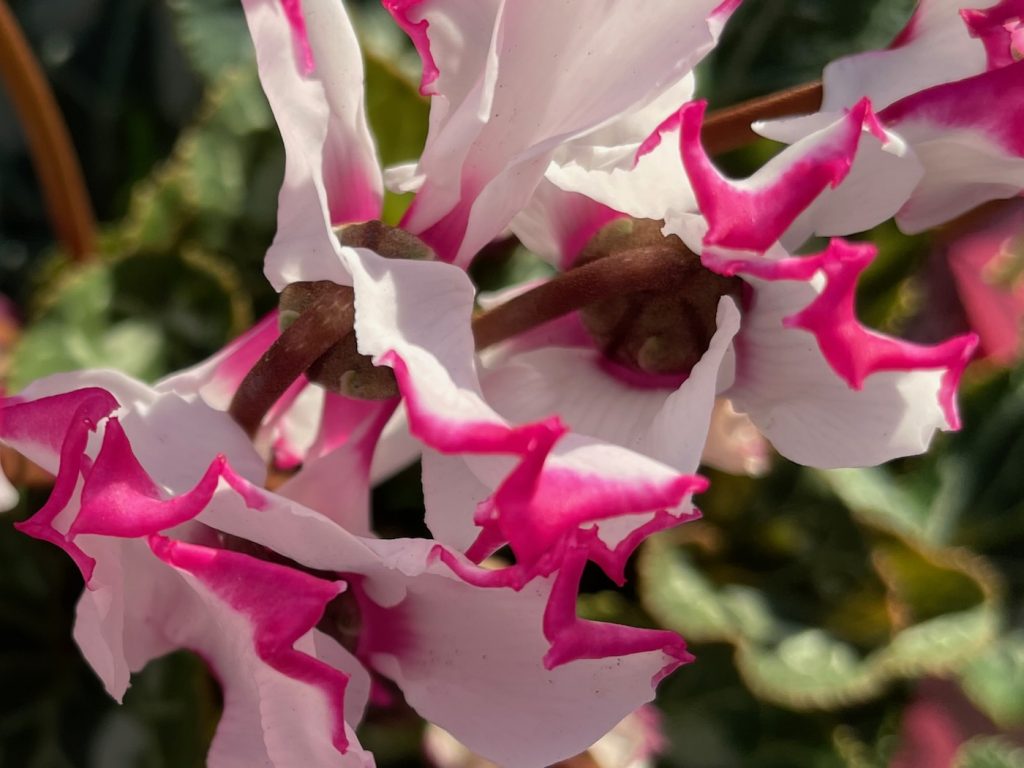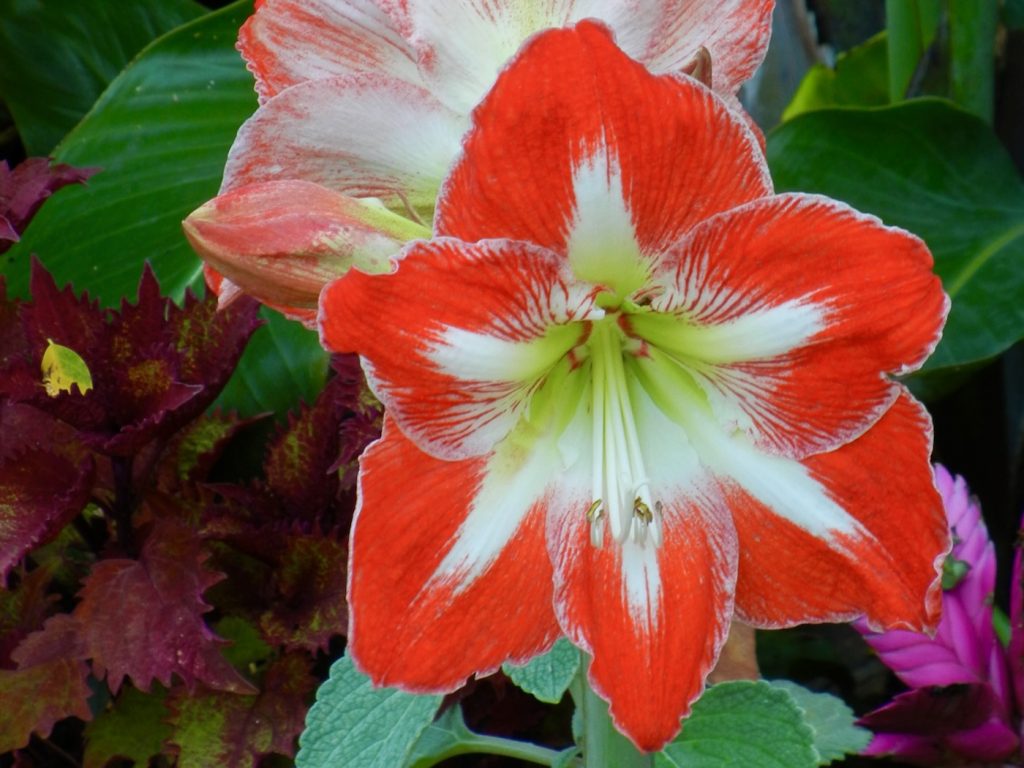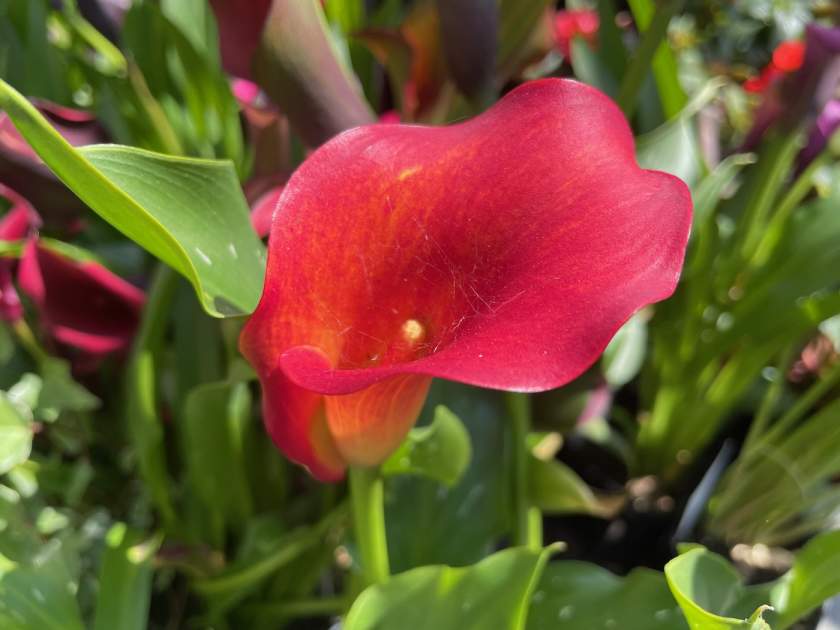Tritonia crocata: Embracing the Vibrant Beauty of Flame Freesia
Tritonia crocata, a member of the Iridaceae family, is an exquisite cormous perennial that captivates with its fiery blossoms. Commonly known as Flame Freesia or Flaming Freesia, this South African native adds a touch of brilliance to gardens around the world. With its sword-shaped leaves and captivating orange cup-shaped flowers adorned with yellow marks on the lower lobes, Tritonia crocata is a true showstopper. It typically blooms on spikes during the spring, gracing landscapes with its vibrant hues, often in May.
Flowers and Foliage:
The flowers of Tritonia crocata, reminiscent of trumpet-shaped blossoms, boast a six-lobed corolla and radiate a stunning range of orange shades, occasionally showcasing hints of red and yellow. This vibrant display creates a captivating contrast against the backdrop of the plant’s sword-shaped leaves. The long, slender foliage adds an elegant touch, enhancing the overall allure of this magnificent plant.
Cultivation of Tritonia crocata:
To successfully cultivate Tritonia crocata and revel in its vibrant beauty, follow these guidelines:
Light and Soil: Tritonia crocata thrives in full sun, basking in its warm and radiant rays. When selecting a planting location, ensure the soil is well-drained to prevent waterlogging and subsequent rotting of the corm. Rich and moist soil conditions provide the ideal foundation for the plant’s growth and development.
Propagation: Tritonia crocata can be propagated through two primary methods: seeds or offsets. Sow seeds in well-draining soil in late winter or early spring, ensuring they are covered lightly. Germination may take some time, and patience is required as it can vary. Alternatively, separate the offsets from the mother plant during the dormant period and plant them in suitable soil conditions.
Watering and Fertilization: Regular watering is essential for the optimal growth of Tritonia crocata, particularly during the summer months. Maintain consistent moisture in the soil without allowing it to become waterlogged. As for fertilization, a light application of a balanced fertilizer in the spring will provide the necessary nutrients to support healthy growth and abundant blooms.
Pest and Disease Control: Tritonia crocata is relatively resistant to pests and diseases. However, vigilance is still necessary to prevent infestations. Keep an eye out for aphids and mites, promptly addressing any signs of their presence through suitable treatments or manual removal. Maintaining good garden hygiene and providing proper airflow can also help minimize the risk of disease.
Container Gardening: Tritonia crocata lends itself beautifully to container gardening. Planting it in containers allows for greater flexibility in terms of placement and allows you to appreciate its captivating blooms up close. Ensure the container has adequate drainage holes to prevent waterlogged soil and choose a well-draining potting mix suitable for the plant’s needs.
Deer Resistance: One of the remarkable characteristics of Tritonia crocata is its resistance to deer. This makes it an excellent choice for gardens frequented by these browsing creatures, allowing you to enjoy its beauty without concern for damage.
With its vibrant blooms and easy-to-grow nature, Tritonia crocata is an excellent choice for various garden settings. Whether as border plants, rock garden features, or delightful additions to containers, Flame Freesia adds a touch of brilliance and flair. Embrace the charm of Tritonia crocata and enjoy the spectacle it brings to your outdoor spaces, brightening the landscape with its radiant blooms and captivating presence.
